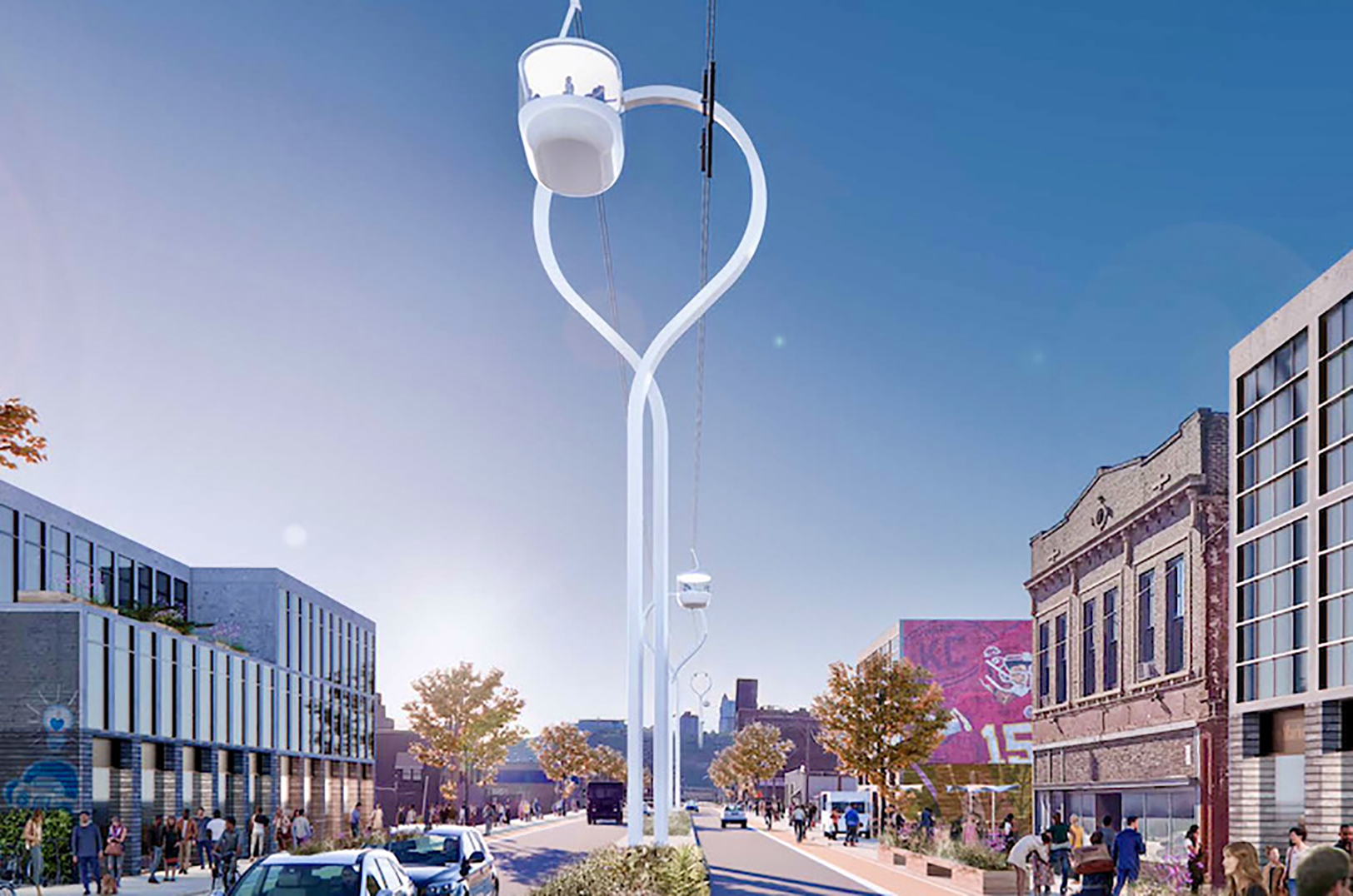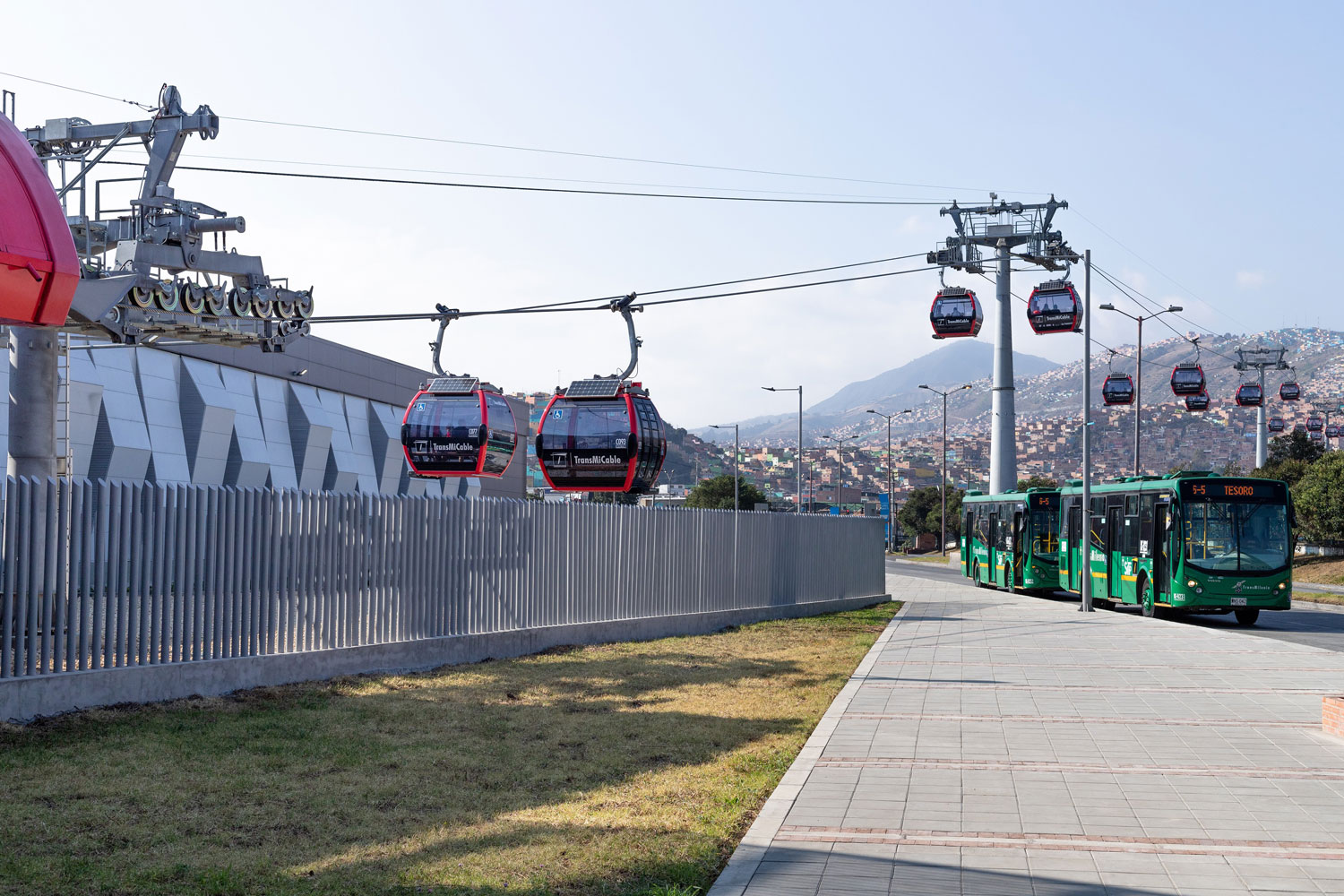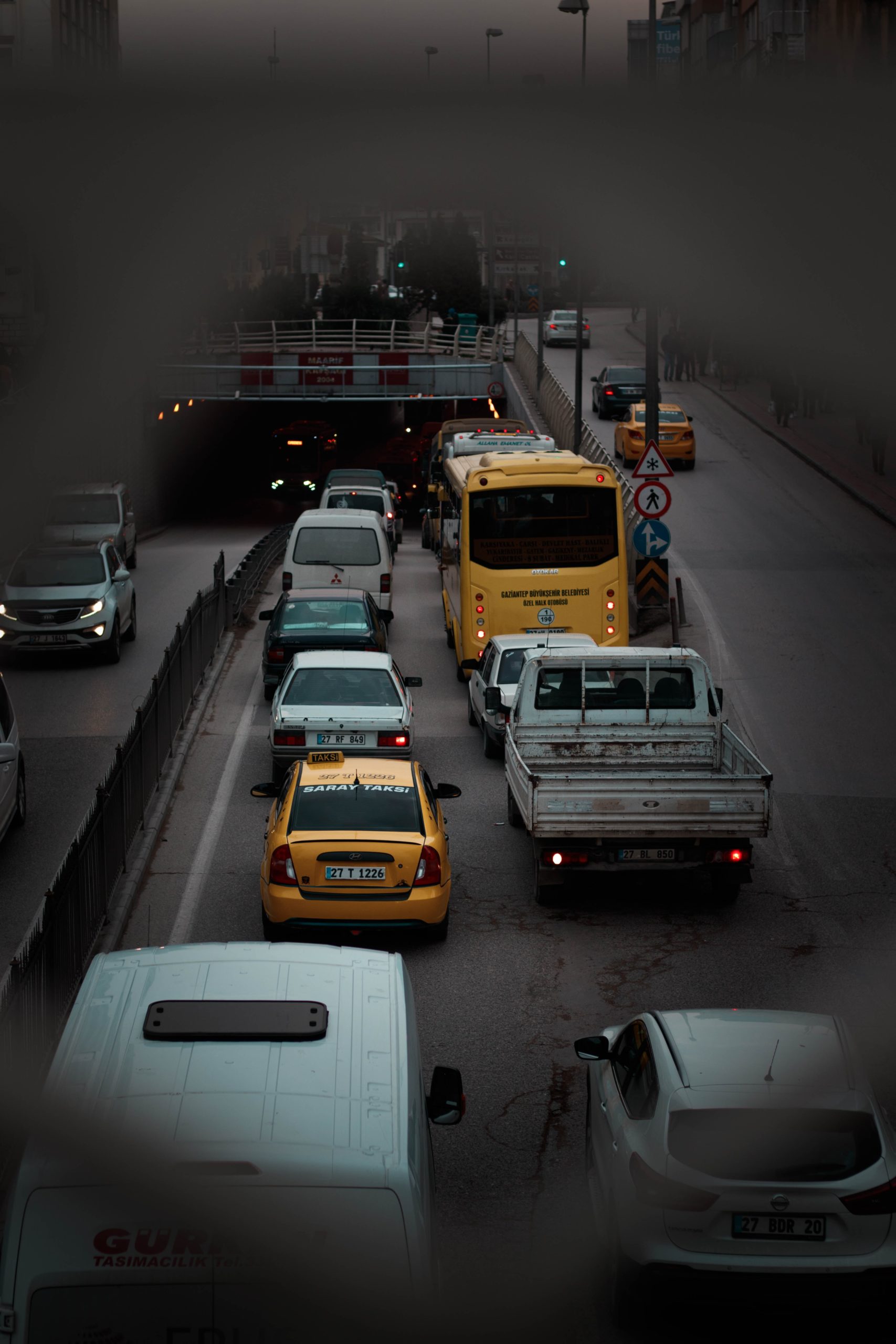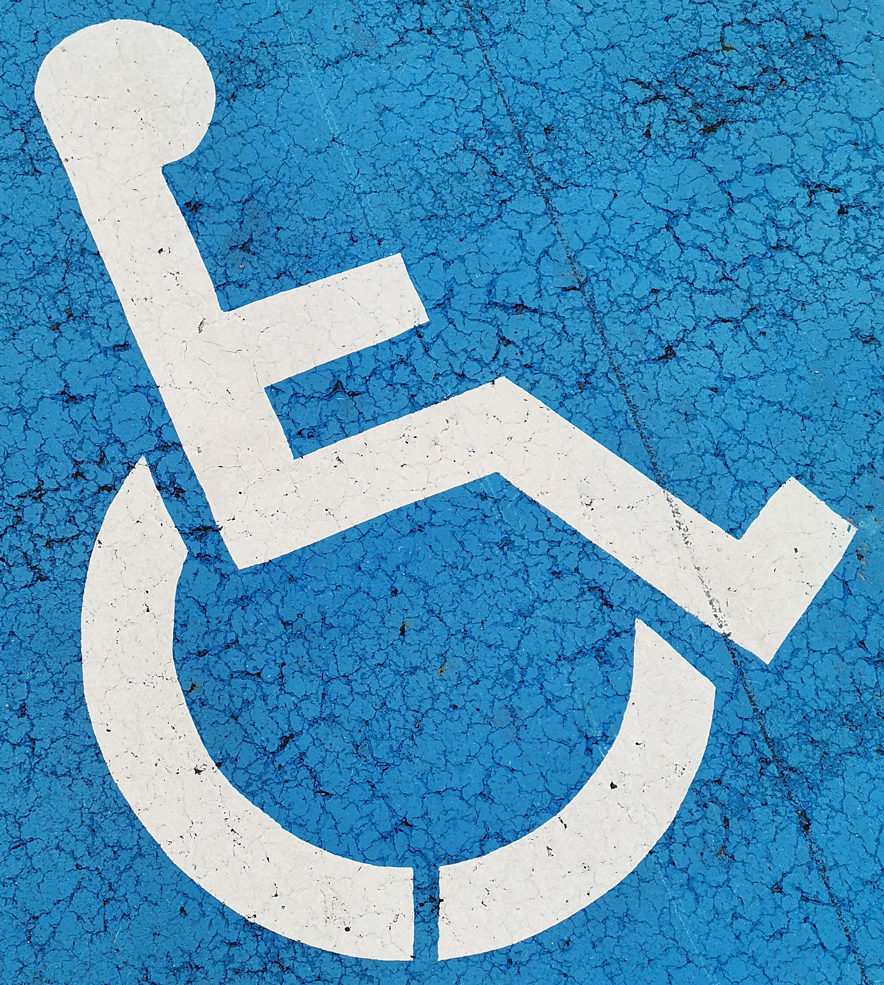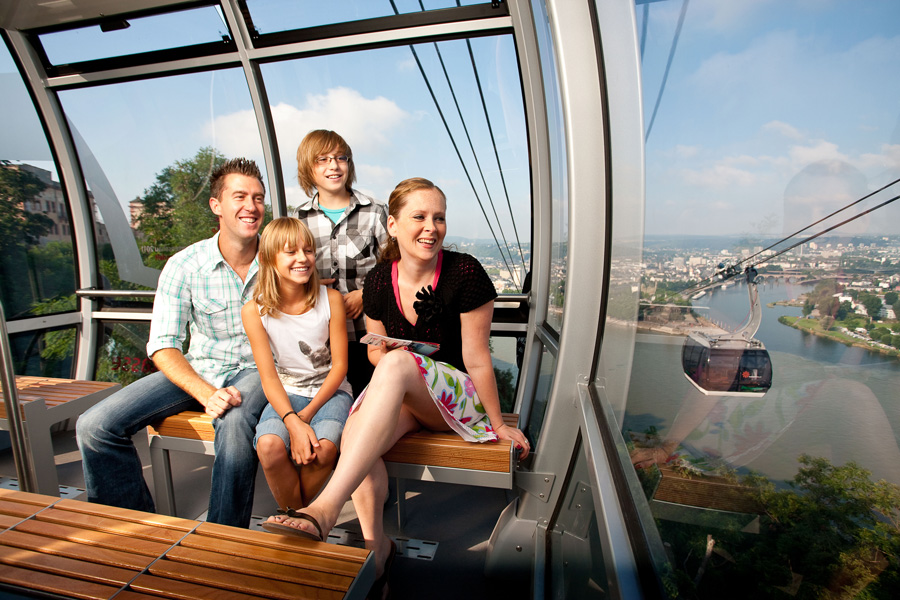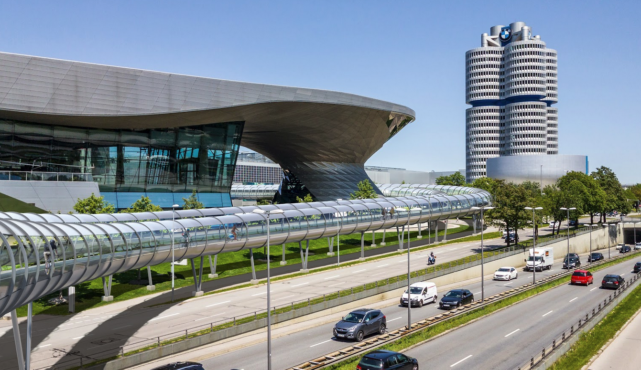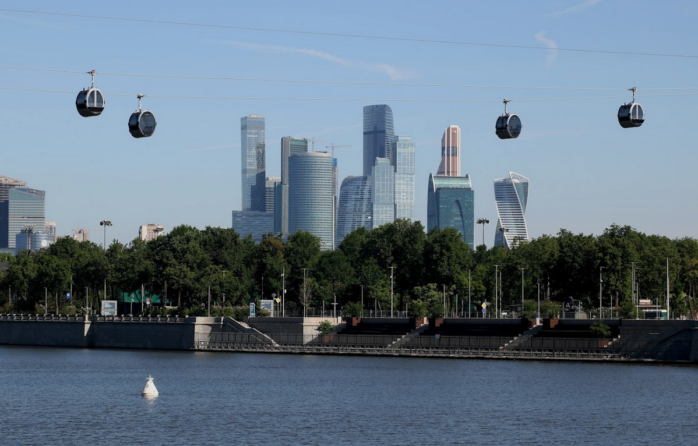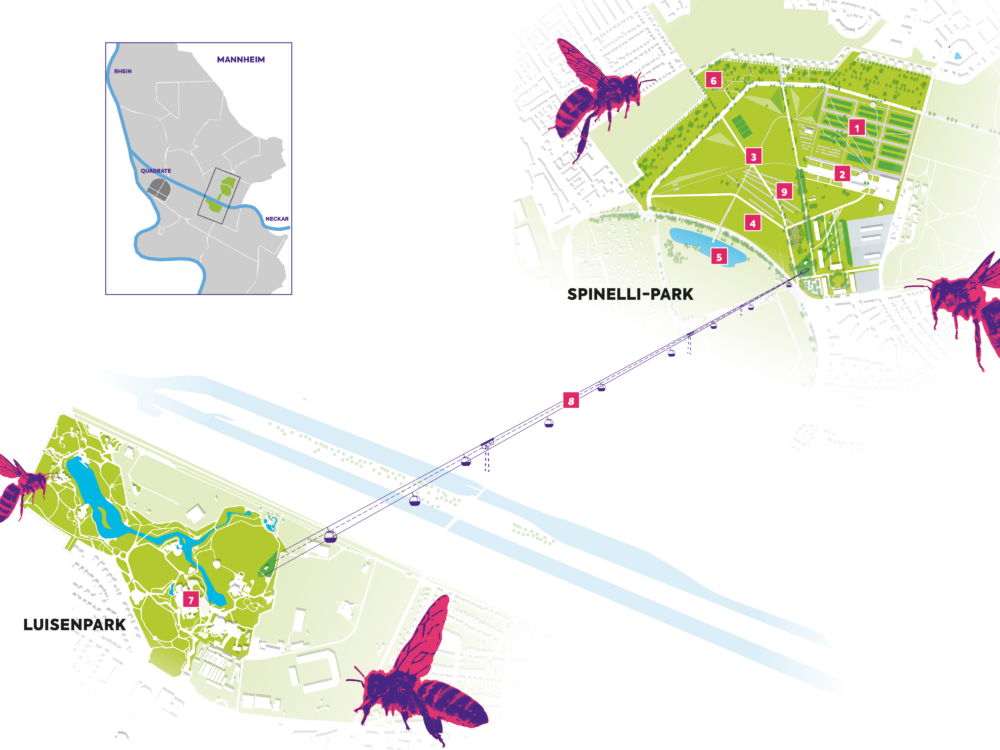URBAN CABLEWAYS
Cableways and mountain railways are not only used in the winter sports industry. They’ve also become a practical means of transportation in cities, which is why we decided to launch SI Urban Magazine. Here we focus on the various topics that are relevant to the urban sector, which are sorted into the categories city, tourism and airport. Each of them will provide you with exciting news about technology, maintenance & service, security, surveillance, city and landscape planning and much more. Innovations, new types of projects and optimal solutions from all over the world should encourage reflection, help in finding ideas and reveal new opportunities.
Why cable cars belong in the urban sphere
Transport is being reimagined. With concepts such as e-cars and car-free cities, a trend away from individual transport and towards more sustainable alternatives is emerging. One of these alternatives could be the cable car, as several points indicate that the cable car would bring great value added in urban mobility.
Infrastructure Projects in Kansas City
Various infrastructure projects are currently being discussed in Kansas City, including a light railway to the stadium and an urban cable car. Depending which representative you ask, a different project should take priority. One senior government official in Wyandotte County is especially passionate about the cable-drawn transport system.
Bus or (cable) railway? How do you find the right system?
Forecasts from all over the world herald the so-called urbanization wave. According to these forecasts, around six billion people (around two-thirds of the world‘s population) will be living in cities by 2050. This rapid growth means a Herculean task for the infrastructure development of cities.
Interview – “THE FEASIBILITY STUDY OFTEN COMES TOO EARLY”
In an interview with SI, cable car planner Stephan Salzmann describes the model process, from the idea of an urban cable car through to its implementation. Projects are often shut down prematurely, owing to a wrong approach.
Sustainibility – CABLE CARS HAVE MULTIPLE LIVES
After an average of 30 years, cable cars reach the end of their life, although some components such as cables have to be discarded considerably earlier. In some cases, legal requirements demand the removal of installations after just twenty years, so it is a good thing that cable cars have multiple lives.
Panama expands Infrastructure – with a cable car
The government wants to boost the country’s economy significantly in the coming years and is therefore planning major investments.
Edmonton – Cable car for residents and tourists
A cable car that relieves the strain on the road network, helps commuters, revitalises the city centre, attracts tourists and recognises the indigenous culture: this is the aspiration of Prairie Sky Gondola in Edmonton. The project is at an advanced stage, and the cable car should be in place by 2025.
Mobility for all!
There are more than one billion people with disabilities worldwide. That's more than 15 percent of the world's total population. A figure that is likely to rise further with demographic change. This makes barrier-free means of transport all the more important. The (urban) ropeway as a transport system already fulfills essential aspects of the required accessibility.
Koblenz Citizens’ Panel
The latest citizen survey in Koblenz confirms the popularity of the cable car. The clear majority of respondents would even like to see the cable car integrated into the public transport network.
Pipelane – New paths for urban mobility
More and more experts are relying on the bicycle as the most suitable form of mobility for individual transport in the city. To take bicycle traffic to a new level, both figuratively and literally, visionary Bernhard Dufter has devised a new pipelane. Conveyor belts from the company SUNKID – which is successful in Alpine tourism with its Magic Carpet – form a key part of this.
Bartholet – Fewer Downtimes thanks to optimal maintenance
Unforeseen downtimes on public transport systems cost money. They therefore need to be limited as far as possible. Swiss cable car company BARTHOLET demonstrates how to get this right.
Closing the gap between Mannheim and Ludwigshafen?
In the Rhein-Neckar metropolitan region, people are currently discussing possible transport links. An urban cable car is also being discussed.

